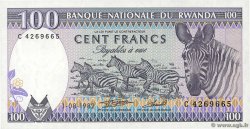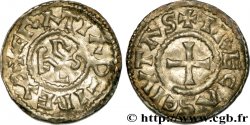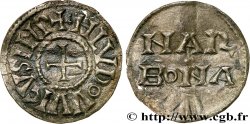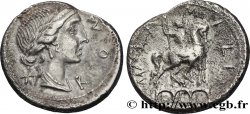v36_0072 - TRACIA - BIZANCIO Tétradrachme
MONNAIES 36 (2008)
Начальная цена : 450.00 €
Назначить цену : 650.00 €
Цена реализации : 450.00 €
Количество ставок : 1
Максимальная предлагаемая цена : 739.00 €
Начальная цена : 450.00 €
Назначить цену : 650.00 €
Цена реализации : 450.00 €
Количество ставок : 1
Максимальная предлагаемая цена : 739.00 €
Тип Tétradrachme
Дата: c. 280 AC.
Монетный двор / Город: Thrace, Byzance ?
Металл: silver
Диаметр: 30 mm
Ориентация осей монеты: 12 h.
Вес: 16,89 g.
Редкость: R1
Комментарии о состоянии
Beau portrait. Usure régulière. Exemplaire recouvert d’une épaisse patine de collection ancienne
Ссылки в каталоге: :
Происхождение:
Cet exemplaire provient de MONNAIES XXVI, n° 36
Лицевая сторона
Аверс: легенда: ANÉPIGRAPHE.
Аверс: описание: Tête imberbe d'Alexandre le Grand sous les traits de Zeus-Ammon, cornu et diadémé à droite.
Обратная сторона
Реверс: Описание: Athéna nicéphore assise à gauche sur un trône, tenant un petite Niké de la main droite qui couronne le nom de Lysimaque et le coude gauche reposant sur un bouclier orné d'un masque de lion ; dans le champ à gauche, un monogramme.
Реверс: легенда: BASILEW[S]// LUSIMCOU// AIR/ QE
Комментарий
En 1984, ce tétradrachme avait été attribué à l’atelier d’Odessos en Mer Noire. Aujourd’hui, d’après les conclusions du trésor de Gülnar, il faut plutôt attribuer ce tétradrachme à l’atelier de Byzance. C’est de toute manière une émission posthume.
In 1984, this tetradrachm was attributed to the Odessos mint on the Black Sea coast. Today, based on the findings of the Gülnar treasure, this tetradrachm should rather be attributed to the Byzantine mint. In any case, it is a posthumous issue.
In 1984, this tetradrachm was attributed to the Odessos mint on the Black Sea coast. Today, based on the findings of the Gülnar treasure, this tetradrachm should rather be attributed to the Byzantine mint. In any case, it is a posthumous issue.







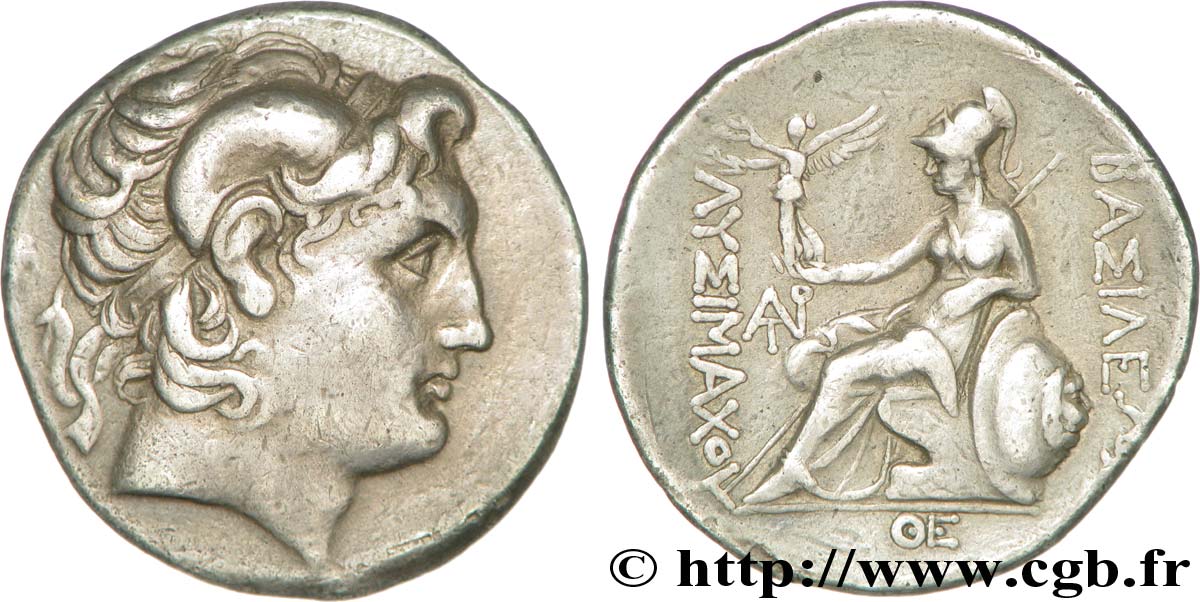
 Cообщить об ошибке
Cообщить об ошибке Распечатать страницу
Распечатать страницу Отправить мой выбор
Отправить мой выбор Задать вопрос
Задать вопрос Consign / sell
Consign / sell